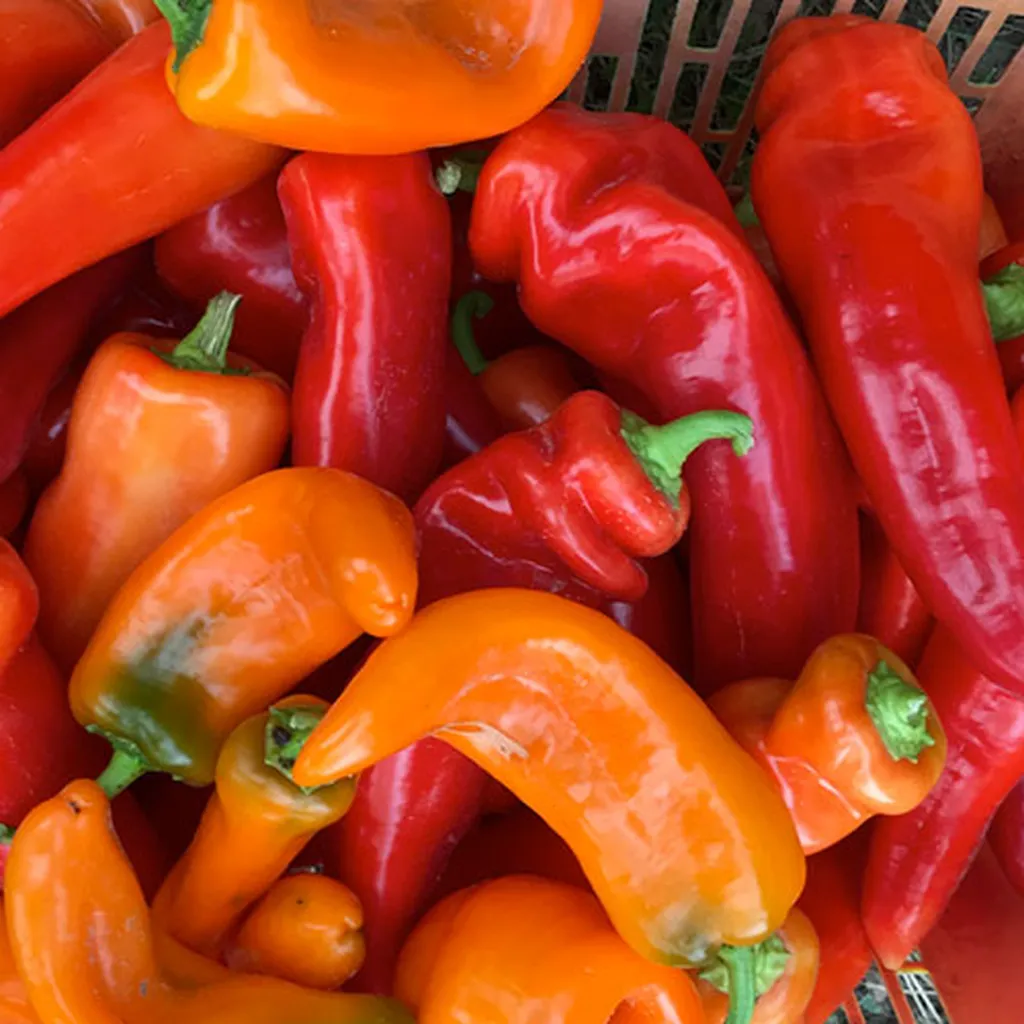In the heart of the Balkan region, a treasure trove of mineral-rich pepper varieties is being uncovered, offering promising avenues for crop improvement and nutritional enhancement. A recent study published in *Scientia Horticulturae* has revealed significant variability in the mineral composition of 183 Balkan pepper accessions, paving the way for targeted breeding programs aimed at developing nutrient-dense pepper cultivars.
The research, led by Ivanka Tringovska from the Maritsa Vegetable Crops Research Institute in Bulgaria, analyzed thirteen mineral elements, including macronutrients like potassium, magnesium, and calcium, as well as essential micronutrients such as iron, zinc, and manganese. The findings indicate that these peppers could play a pivotal role in addressing global micronutrient deficiencies.
“Potassium showed the highest concentration across the years, followed by magnesium and calcium,” Tringovska explained. “Among the micronutrients, iron was the most abundant, which is particularly exciting given its importance in human nutrition.”
The study employed advanced statistical analyses, including ANOVA, PCA, and correlation analysis, to assess the variability and identify superior accessions. The results demonstrated that genetic factors explained a substantial portion of the variation for several minerals, with moderate-to-high heritability supporting their potential for selection in breeding programs.
One of the most significant findings was the identification of several accessions that stood out for their high mineral content. For instance, CAPS-121, a pungent variety, was ranked among the top 10% for eight minerals, while CAPS-3, another pungent variety, excelled in seven minerals. Other notable accessions included CAPS-33A, a pumpkin variety, which was a promising donor for boron, copper, iron, and zinc, and CAPS-118, a pungent variety, which showed high levels of sodium, lithium, manganese, and strontium.
The commercial implications of this research are substantial. By identifying these nutrient-rich genotypes, breeders can develop new pepper varieties that not only meet consumer preferences but also contribute to improved dietary intake. This is particularly relevant in regions where micronutrient deficiencies are prevalent, offering a sustainable solution to enhance food security and public health.
Moreover, the study highlights the importance of preserving and utilizing genetic diversity within crop collections. “This genetic diversity provides a strong foundation for breeding nutrient-dense peppers,” Tringovska noted. “It offers a valuable resource for biofortification, which can help address global micronutrient deficiencies and improve dietary mineral intake.”
As the agriculture sector continues to evolve, the integration of such research into breeding programs will be crucial. The findings from this study not only shed light on the mineral variability within Balkan pepper accessions but also underscore the potential for these varieties to contribute to a more nutritious and sustainable food supply. With further research and development, these pepper varieties could become a cornerstone in the fight against malnutrition, offering a delicious and nutritious solution for consumers worldwide.
Published in *Scientia Horticulturae*, the research led by Ivanka Tringovska from the Maritsa Vegetable Crops Research Institute in Bulgaria provides a compelling case for the agricultural sector to leverage genetic diversity in crop improvement efforts. The study’s insights could shape future developments in breeding programs, ultimately benefiting both farmers and consumers.

